Product Overview
| Attribute | Details |
|---|---|
| Operation Equipment | Spectrophotometer |
| Catalog Number | BC4770 |
| Size | 50 Tests / 24 Samples |
Product Content:
Please ensure the reagent volume matches the solution volume in the bottle before use. For inquiries, kindly contact Solarbio staff promptly.
| Reagent Name | Specifications | Storage Conditions |
|---|---|---|
| Extract Solution | Liquid, 60 mL × 1 | Store at 4℃ |
| Reagent I | Liquid, 80 mL × 1 | Store at 4℃ |
| Reagent II | Powder × 1 | Store at 4℃ |
| Reagent III | Liquid, 20 μL × 1 | Store at 4℃ |
| Reagent IV | Liquid, 1.5 mL × 1 | Store at -20℃ |
| Reagent V | Powder × 1 | Store at 4℃ |
Preparation of Solution:
- Reagent II: Before use, add 3 mL of distilled water and fully dissolve. Any unused reagent can be stored at -20℃ for two weeks.
- Preparation of Reagent III Working Solution: Place the liquid in the provided EP tube. Prepare the working solution according to the ratio of Reagent III (μL) to distilled water (mL) = 1 μL: 12 mL. Unused reagents should be stored at 4℃.
- Preparation of Reagent IV Working Solution: Store Reagent IV separately at -20℃. Before use, prepare the working solution according to the sample number and the ratio of Reagent V to Reagent I (V: V) = 1:9. Unused reagent should be stored at -20℃.
- Reagent V: Place the powder containing 5 mg of vitamin C in the provided EP tube. Add 2.8 mL of Extract Solution before use, and shake thoroughly to dissolve. Prepare a 10 mmol/L vitamin C solution for use as a positive control. Store at 4℃ for one week.
- Preparation of ABTS Working Solution: Before use, prepare the ABTS working solution according to the required amount for the test. The proportion of Reagent I: Reagent II: Reagent III Working Solution (V:V:V) = 76:5:4. Prepare and store in a dark room at room temperature. Use within 30 minutes.
Product Description:
- Antioxidant Capacity Assessment: The ABTS method is widely used to assess the antioxidant capacity of hydrophilic and lipophilic substances.
- Formation of ABTS Radical: ABTS oxidizes to form a stable blue-green cation ABTS radical with absorption peaks at 405 nm or 734 nm.
- Decrease in Absorbance: When the tested substance is added to the ABTS radical solution, the antioxidant component reacts with it, causing a decrease in absorbance at 405 nm.
- Proportional Scavenging: The change in absorbance is directly proportional to the degree of free radical scavenging within a certain range.
- Quantification of Scavenging: This kit measures the sample’s ability to scavenge ABTS radicals by quantifying the decrease in absorbance.
Note: Before testing, conduct preliminary experiments with 2–3 samples showing significant expected differences. If sample absorbance falls outside the measurement range, consider diluting or increasing the sample size for testing.
Reagents and Equipment Required but Not Provided:
Constant temperature water bath, spectrophotometer, 1 mL glass cuvette, desktop centrifuge, mortar/grinder, drying box, 30~50 mesh sieve, and distilled water.
Procedure:
I. Sample Extraction: (The number of samples can be adjusted accordingly, and refer to literature for specific proportions)
- Preparation of Plant Tissue Samples: Dry fresh samples at 60℃ until constant weight, grind in a mortar (or grinder), and sieve through a 30~50 mesh sieve. Weigh approximately 0.05 g of samples, add 1 mL of Extract Solution, and incubate in a 40℃ water bath for 30 min. Centrifuge at 10000 rpm for 10 min at room temperature, collect the supernatant and keep it on ice for testing.
- Red Wine, Fruit Juice, and Other Liquid Samples: Take 100 μL of sample solution and add 900 μL of Extract Solution. Vortex mix, centrifuge at room temperature, 10000 rpm for 10 min, collect the supernatant and keep it on ice for testing.
- Extraction or Drug: Prepare a certain concentration with the Extract Solution, such as 5 mg/mL.
Note: The ability of various samples to scavenge ABTS free radicals may vary significantly. To ensure accuracy, adjust samples according to preliminary results.
II. Determination Steps:
- Preheat the spectrophotometer for over 30 minutes, set the wavelength to 405 nm, and zero with distilled water.
- Preparation of Positive Control: Prepare a 10 mmol/L vitamin C solution with Extract Solution. For a linear relationship, prepare 1, 0.8, 0.6, 0.4, 0.2, and 0.1 mg/mL vitamin C solutions. For a positive control with a clearance rate of about 90%, prepare vitamin C solutions larger than 1.5 mmol/L.
- Operational Table: Add the following reagents into a 96-well plate or EP tube, respectively:
| Reagent Name | Blank Tube (B) | Test Tube (T) | Control Tube (C) | Positive Control Tube (PC) |
|---|---|---|---|---|
| Supernatant | 50 | 50 | 50 | |
| VC Solution | 50 | |||
| Distilled Water | 50 | 50 | ||
| Reagent IV Solution | 100 | 100 | 100 | 100 |
| ABTS Working Solution | 850 | 850 | 850 | 850 |
| Reagent I | 950 |
After thorough mixing, incubate in darkness for 6 min at room temperature. Measure the absorbance at 405 nm. Record absorbance values for blank tube, control tube, positive control tube, and test tube as AB, AC, APC, and AT respectively. The blank tube needs to be tested 1-2 times.
III. Calculation of ABTS Free Radical Scavenging Rate:
- Establishment of Standard Curve: The formula for the free radical scavenging rate of the positive control: ABTS Free Radical Scavenging Rate DVC% = [(AB-APC) ÷ AB] × 100%
- Calculation Formula of Sample Free Radical Scavenging Rate: ABTS Free Radical Scavenging Rate D% = [AB – (AT-AC)] ÷ AB] × 100%.
Note:
- To compare the scavenging ability of different samples, it is recommended to add the same volume of samples to the same batch, adjusting according to pre-experimental results. During comparison, adjust samples according to results, comparing clearance rates at the same concentration (dilution ratio).
- Samples should be taken and tested on the same day.
Experimental Example:
Take 0.05 g of chili and add 1 mL of Extract Solution to homogenize. After centrifugation, collect the supernatant and proceed according to the determination steps. Calculate the clearance rate: D% = [AB – (AT-AC)] ÷AB] × 100% = [1.330-(0.468-0.022)]÷ 1.330×100% = 66.466%
Related Products:
- BC4750/BC4755: DPPH Free Radical Scavenging Capacity Assay Kit
- BC1310/BC1315: Total Antioxidant Capacity (T-AOC) Assay Kit
- BC1320/BC1325: Hydroxyl Radical Scavenging Capacity Assay Kit
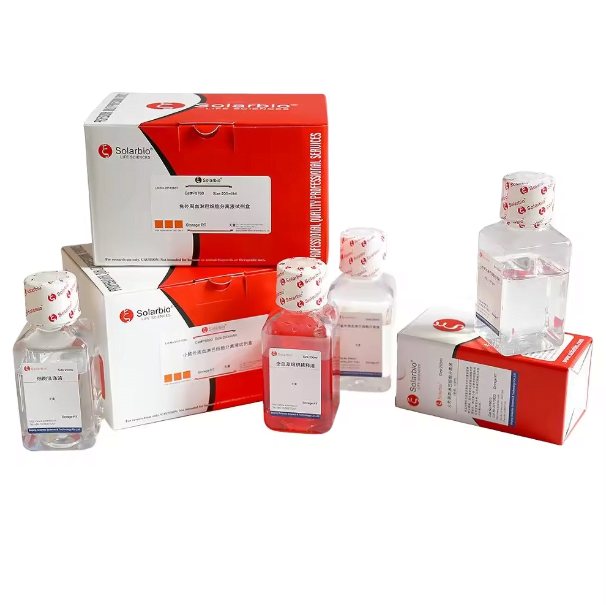
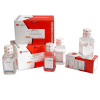
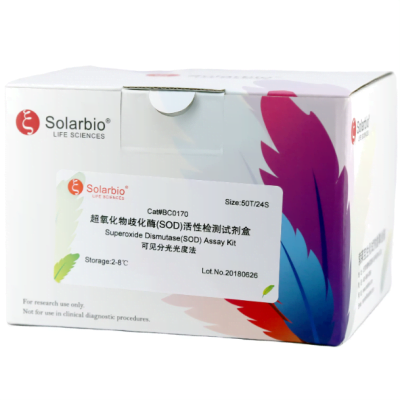

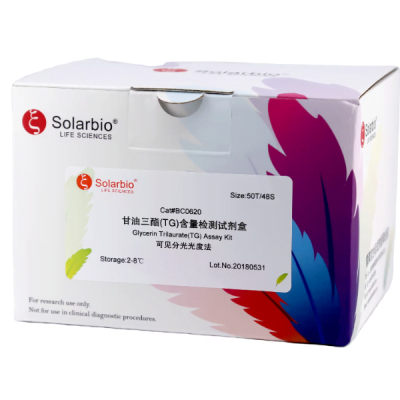
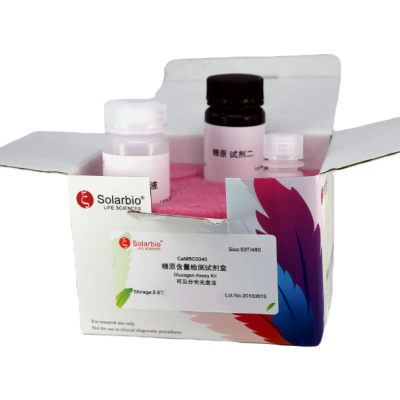
Reviews
There are no reviews yet.